An Acknowledgement of Country is a way to acknowledge and pay respect to First Nations peoples as the Traditional Owners and ongoing custodians of the land.
Acknowledgements are often made at the start of an event – such as a meeting, speech or formal occasion. An acknowledgement can be made by anybody – First Nations or non-Indigenous. An Acknowledgement of Country will often highlight the unique position of First Nations people in the context of culture and history, and their intimate relationship with the land.
There are many ways to make an Acknowledgement of Country. It can be spoken, written, or signed (Auslan – sign language). The words can vary and people are encouraged to do an Acknowledgement in a way that is personal and specific to place. It’s easy to copy an already scripted Acknowledgement, but it’s more meaningful to write one in your voice.
Writing an Acknowledgement of Country
Start by thinking about the Country you are on. You can use the AIATSIS map to find the Nation or language group where you live. For more detailed information, you can ask the local community how they would like to be acknowledged. We recommend contacting your local AECG (Aboriginal Education Consultative Group), Aboriginal Land Council, Traditional Owner group and/or your local council.
Now think about what is special about this Country. Are you by the coast on saltwater Country? Are there mountains or rivers? Are you surrounded by dense rainforest? You can thank First Nations people for caring for these environments and ecosystems in your Acknowledgment of Country.
In the Sydney CBD, the Traditional Owners are the Gadigal people of the Eora Nation. So if you’re in Sydney your Acknowledgement of Country might look like this:
“We acknowledge the Gadigal people of the Eora Nation as the Traditional Custodians of the Country we are meeting on today. We recognise their continuing connection to the land and waters, and thank them for protecting this coastline and its ecosystems since time immemorial. We pay our respects to Elders past and present, and extend that respect to all First Nations people present today.”
You may also wish to include a sentence about how First Nations sovereignty was never ceded. For example (Perth region):
“We acknowledge the Traditional Custodians of the land on which we gather, the Whadjuk people of Noongar Boodjar. We recognise their continued connection to the land and waters of this beautiful place, and acknowledge that they never ceded sovereignty. We respect all Whadjuk Elders and Ancestors, and any First Nations people here today.”
Acknowledgement checklist
☐ Name and acknowledge the specific Country/Nation/language group.
☐ Identify the Traditional Custodians and their continued connection to their land/s.
☐ Thank the Traditional Custodians for caring for Country for thousands of generations.
☐ Make your Acknowledgement specific to place: are you on desert Country? Are you on an island? Are there any sacred sites with traditional names you can mention?
☐ Pay respect to the Elders and Ancestors of the Country you are on, and also to any First Nations people present/listening.
☐ Recognise that First Nations sovereignty was never ceded. This continent always was and always will be Aboriginal land.
Welcome to Country
A Welcome to Country is done by a local Traditional Owner or Elder who holds the authority and knowledge to share a welcome from a particular local region. This can be done through speech, dance, song or ceremony.
Welcome to Country is an important ceremony that has been practiced by the First Nations for thousands of generations. Traditionally, First Nations people travelling to different Country had to seek permission to enter from the Traditional Owners. If granted, permission was given as a Welcome to Country.
Today, inviting an Elder to perform a Welcome is a way to recognise their unceded sovereignty of ancestral lands. It’s also a way to honour ancient and continuing First Nations customs. It’s important to ensure the Elder is comfortable with the arrangements. Talk together to decide the format of the ceremony and how the person performing the Welcome will be recognised and remunerated for their time and commitment.
Connecting with an Elder or Traditional Owner can sometimes be a complex process. Following cultural protocol is important and may include allowing time for customary decision-making and discussion among traditional custodians. Begin by contacting your local Aboriginal Land Council or Traditional Owner group. If you need more guidance, contact your local council.
Yuin man Jade Kennedy says a Welcome to Country goes beyond welcoming people to a specific place. It’s also about welcoming people to the kinship, culture and connectedness of that place. When he does a Welcome to Country, he welcomes people to his journey.
“When I welcome you – when our Aunties and Uncles welcome you – we are welcoming you to a place. But we’re actually welcoming you to the intimate relationship we have to that place. We’re also welcoming you to our kin. We’re welcoming you to the significant relationships we have with the people of our place. We’re welcoming you to our roles, responsibilities and obligations, that keep us connected and bound through these people, to our place.” – Yuin man Jade Kennedy.
Why is it important?
Bangerang man, Scott Kneebone, says “a Welcome to Country is like you’re hosting a birthday: you do a welcome and say thank you for coming to my birthday. And an Acknowledgement of Country is like if you’re a guest at the birthday: you would say thank you for having me.”
First Nations people in Australia have experienced significant exclusion from mainstream society since the beginning of colonisation. Many non-Indigenous Australians have not had the opportunity to engage with the rich cultures and stories of First Nations people in meaningful ways. This contributes to the divide between non-Indigenous and First Nations people, and limits opportunities for learning and connection.
Acknowledging Country, or asking an Elder to perform a Welcome to Country, recognises First Nations people as the original custodians. Importantly, it promotes awareness of the histories and cultures of First Nations people, and the resilience of our connection to Country.
This article has been re-published from Common Ground, a not for profit that records and shares First Nations cultures, histories and lived experiences. Learn more at www.commonground.org.au.

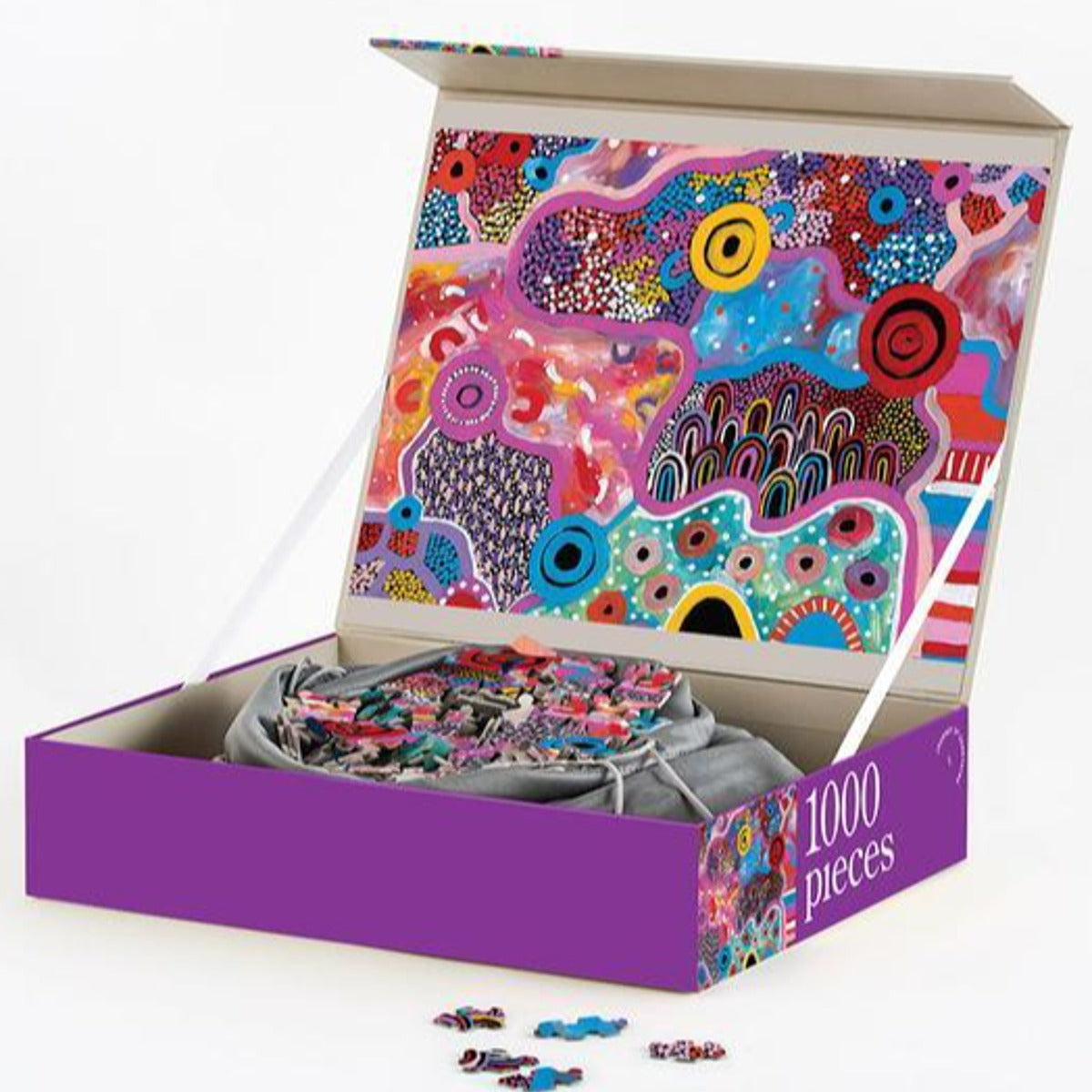
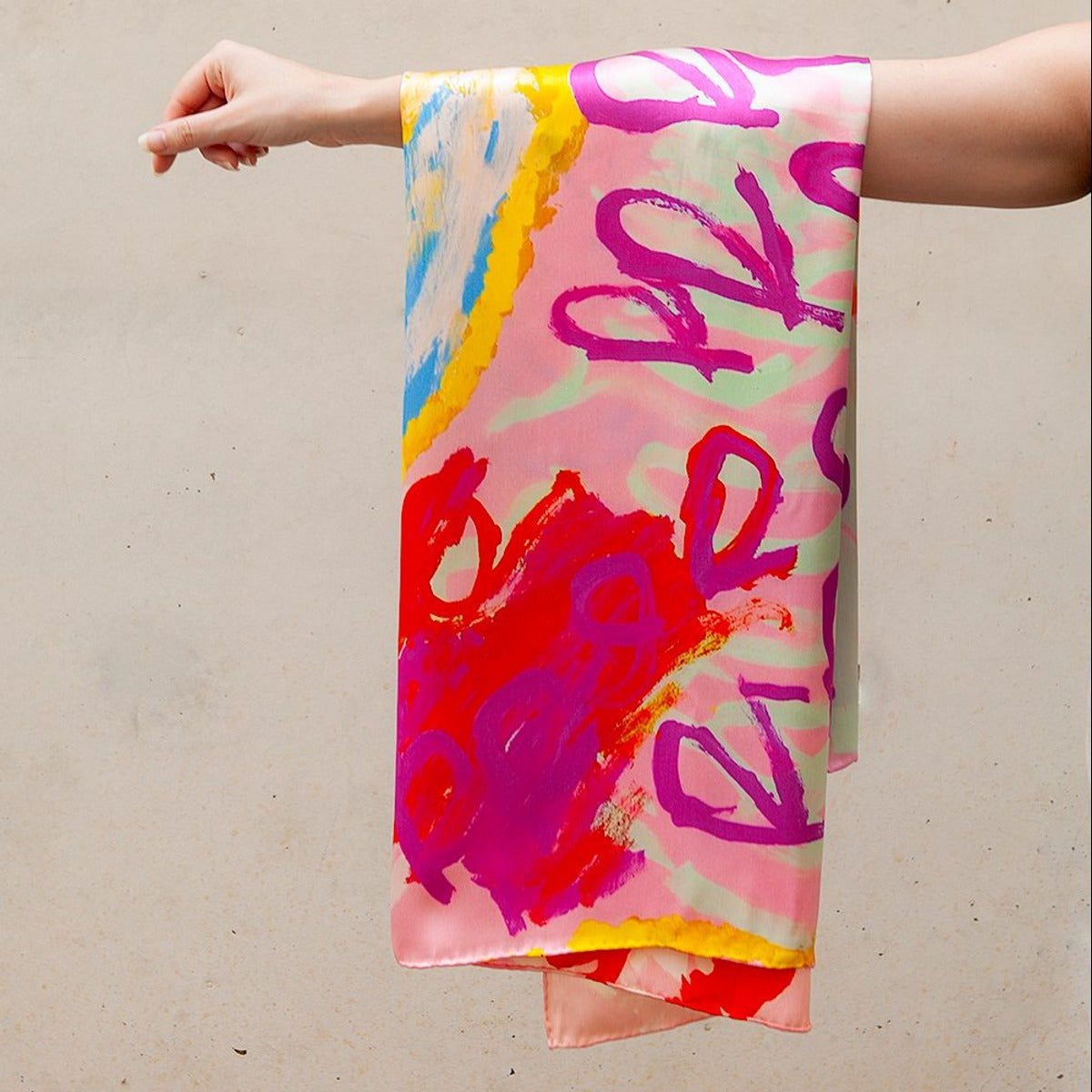


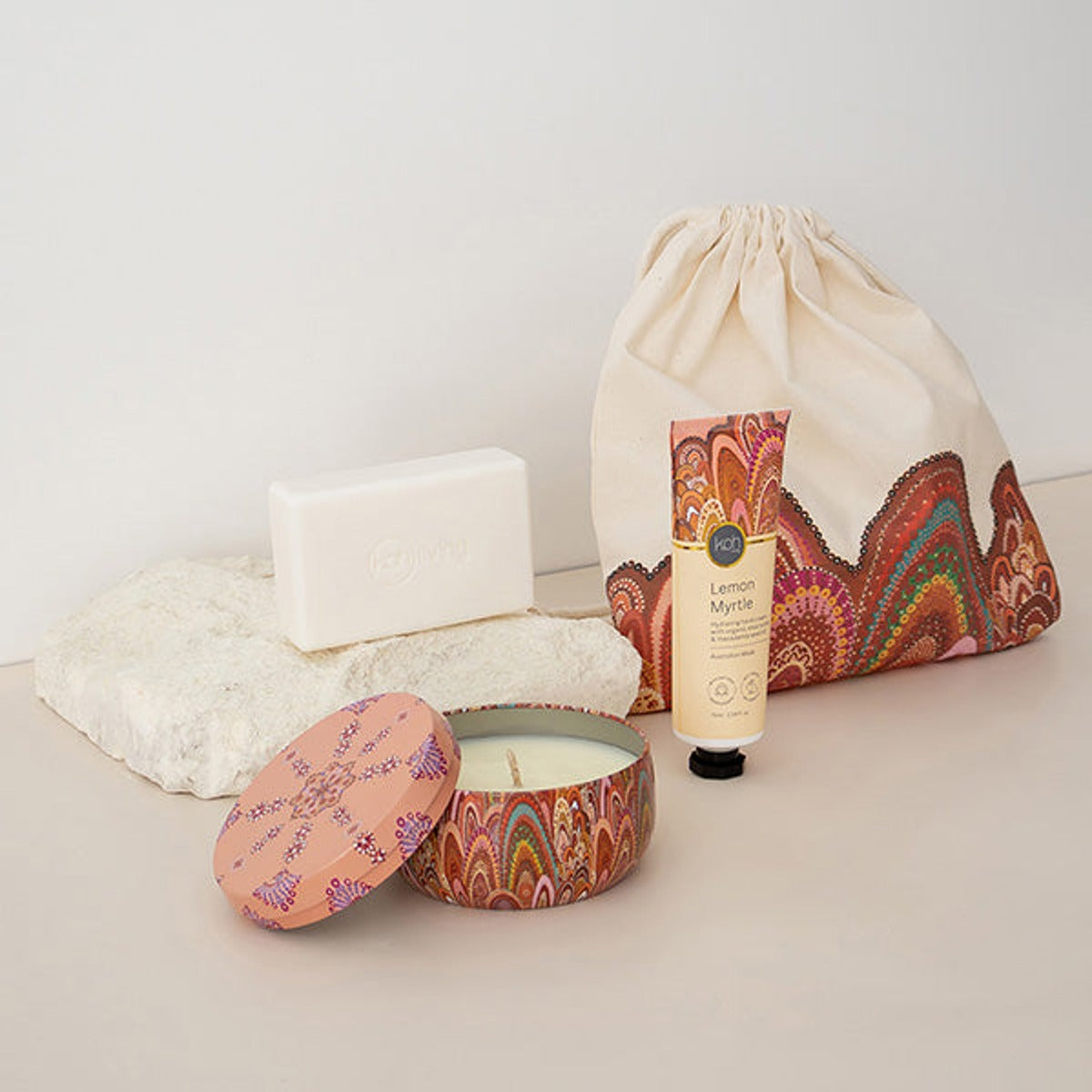
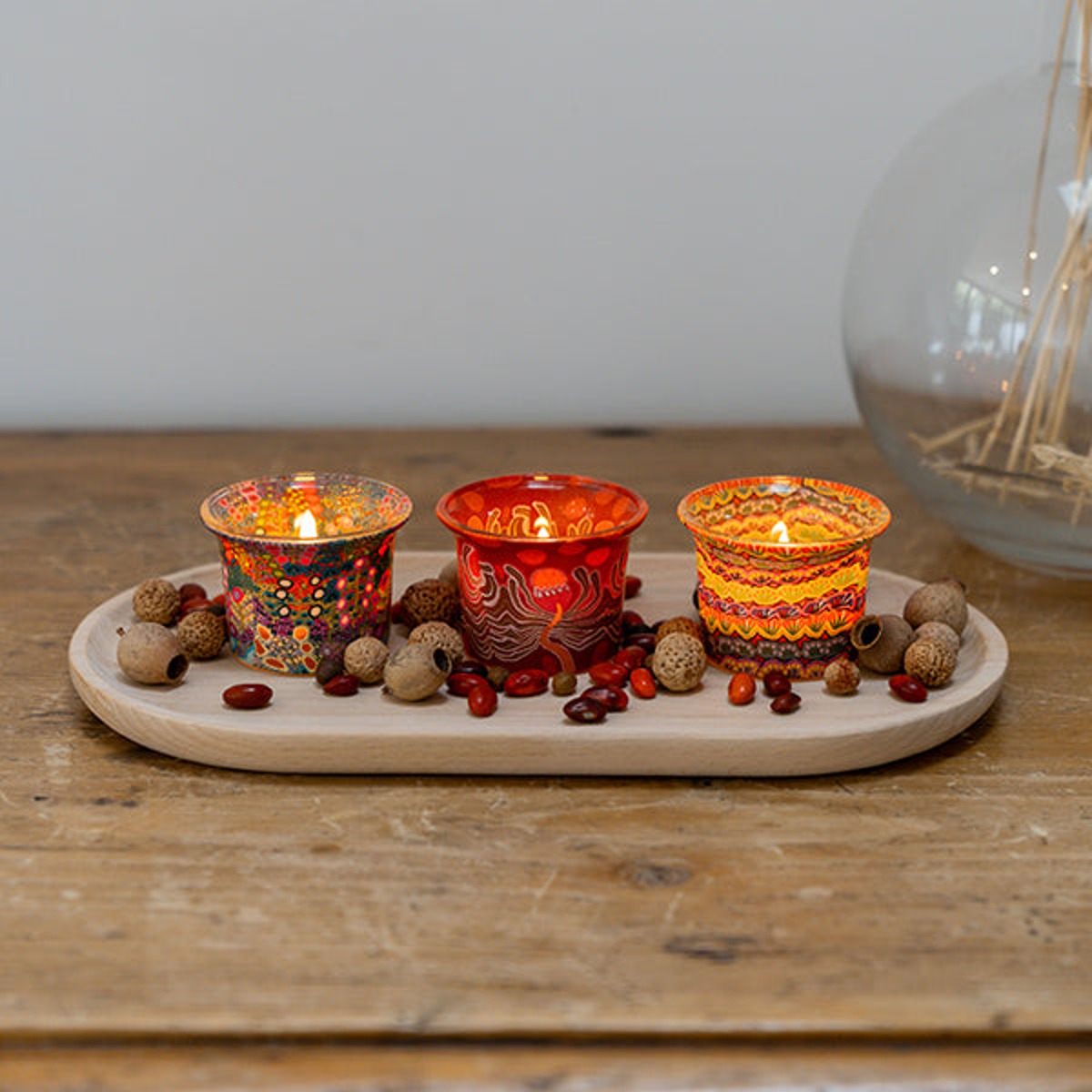
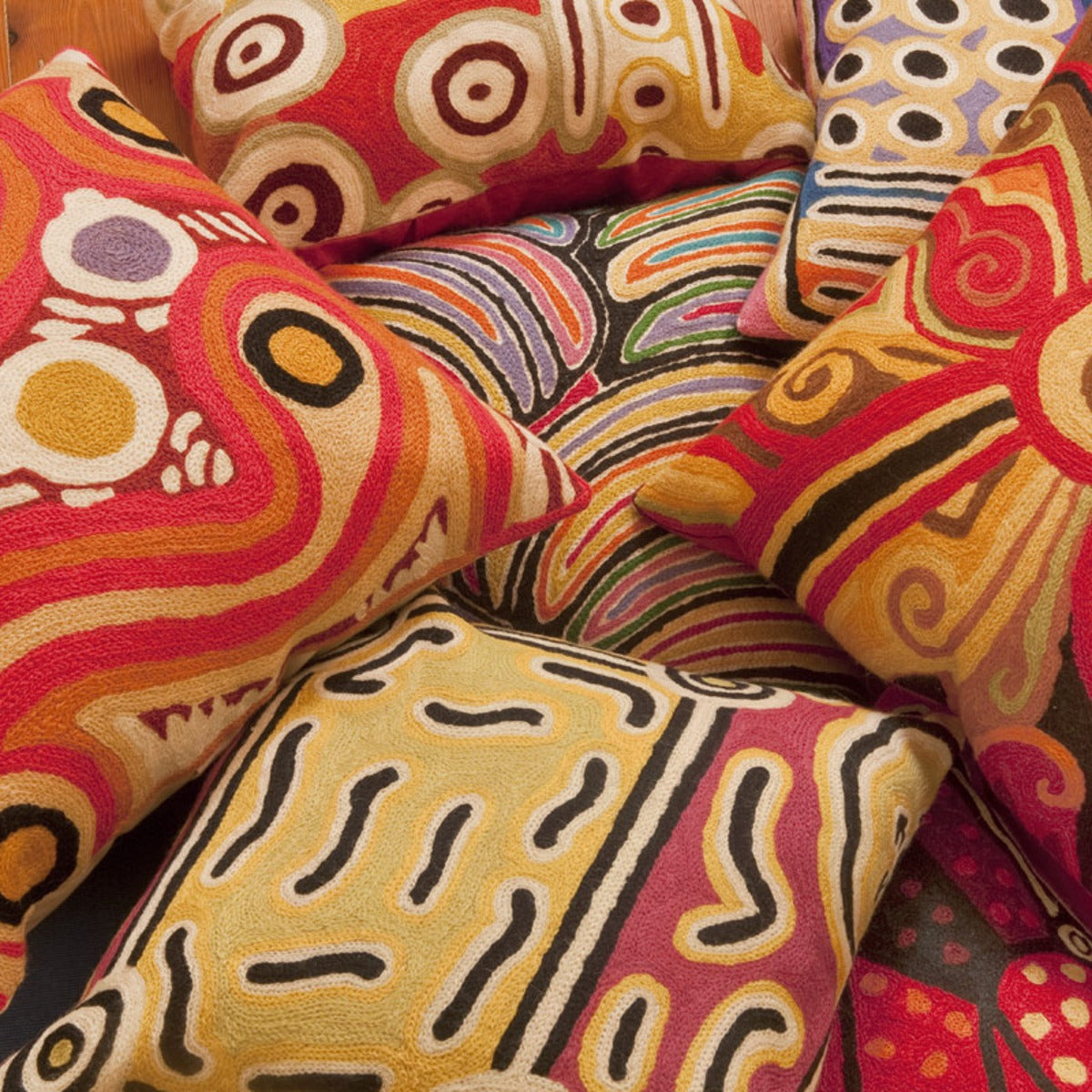
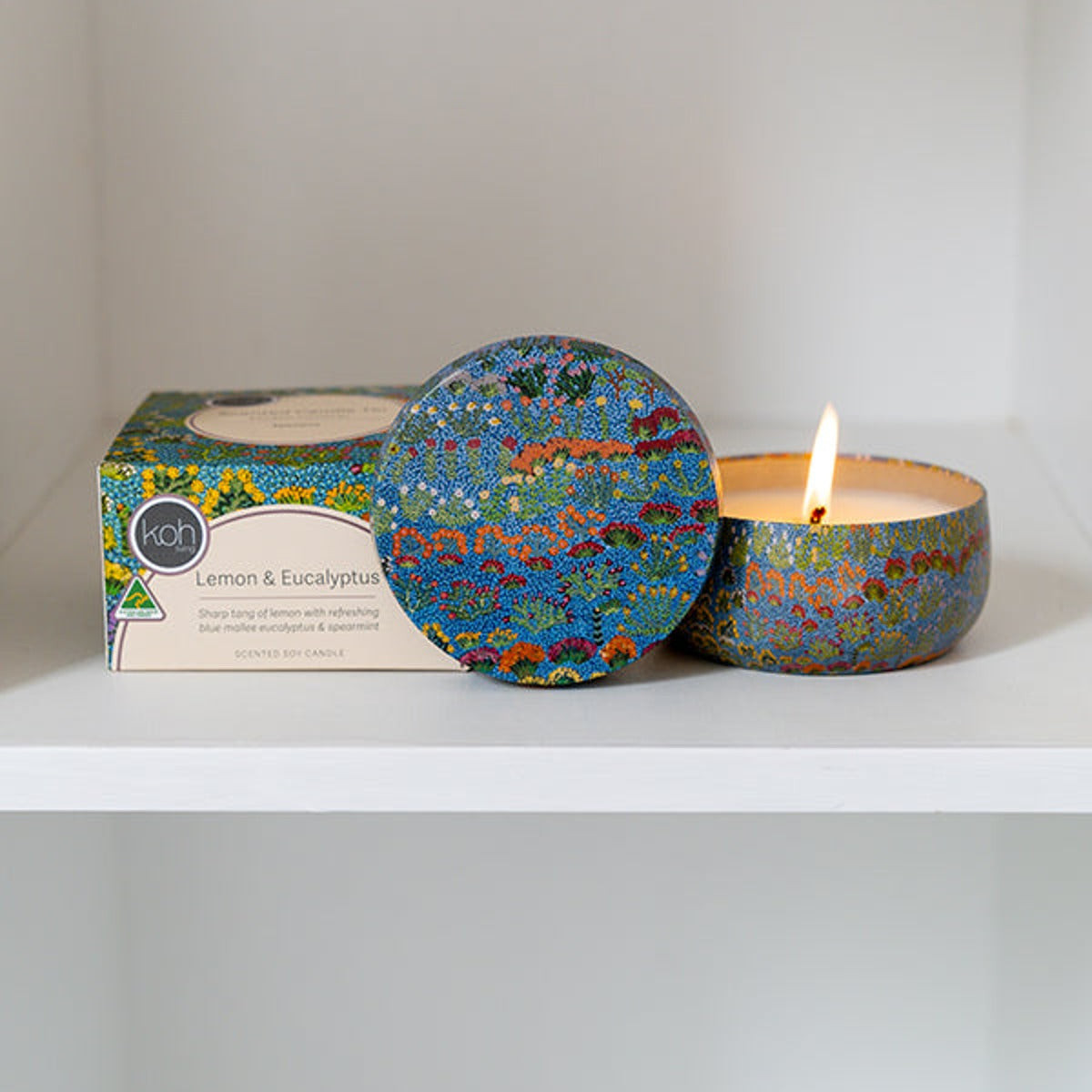
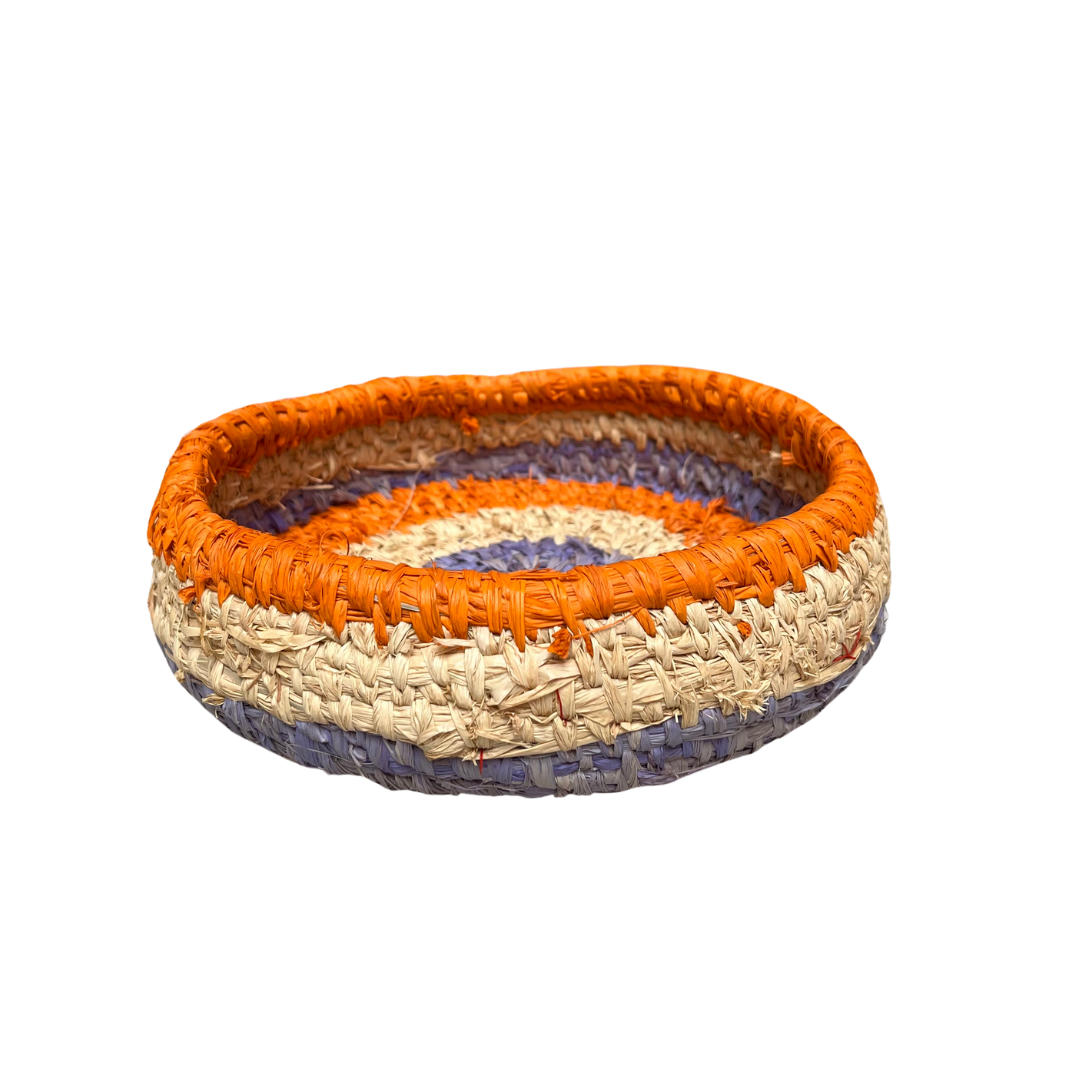
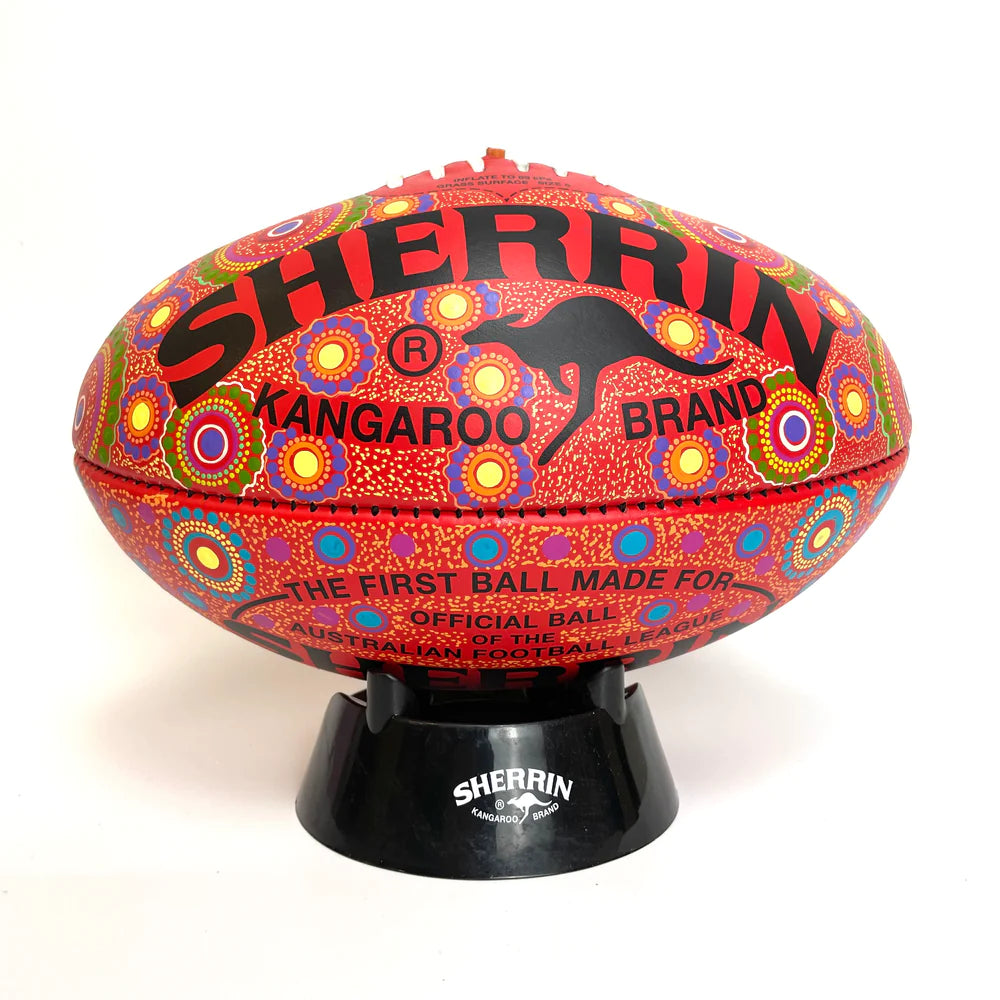

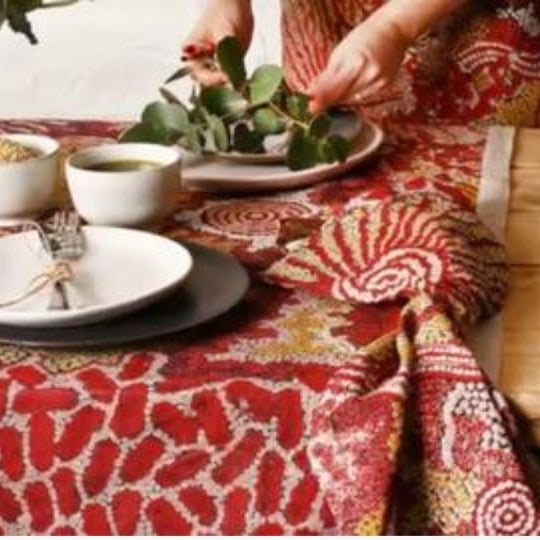
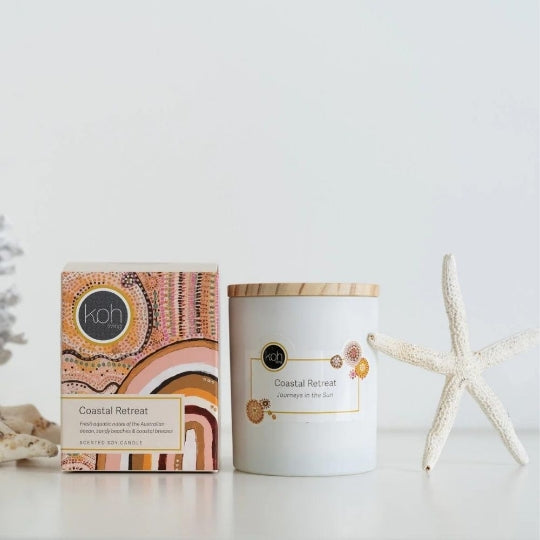
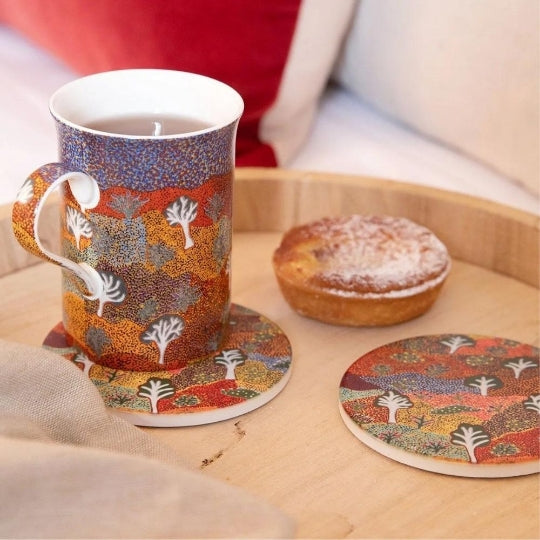
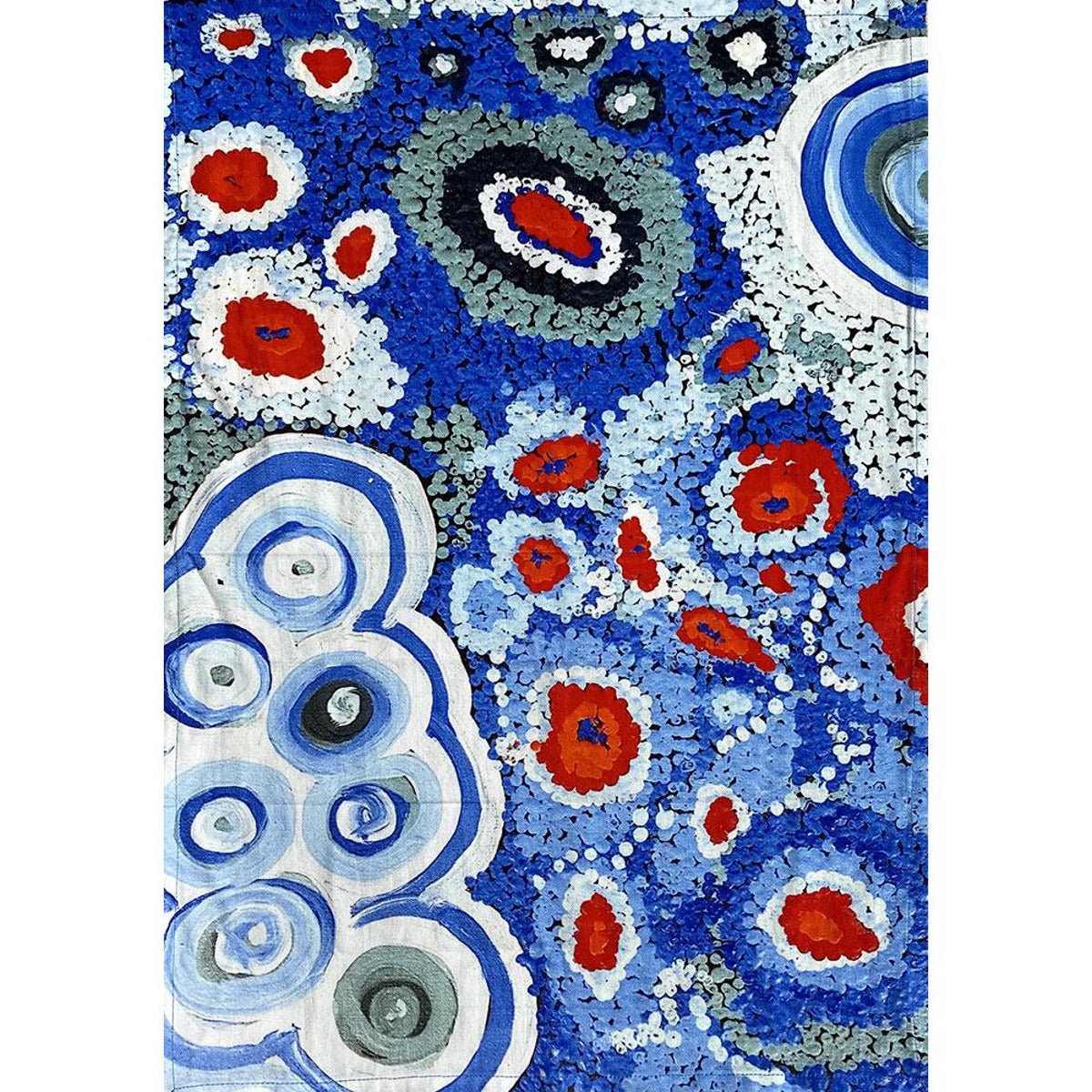
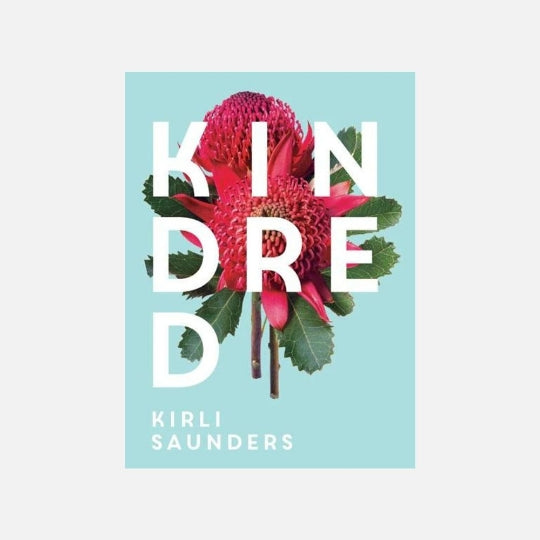
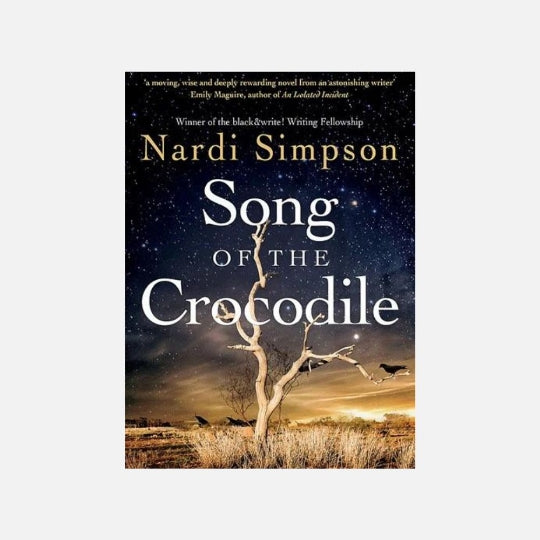

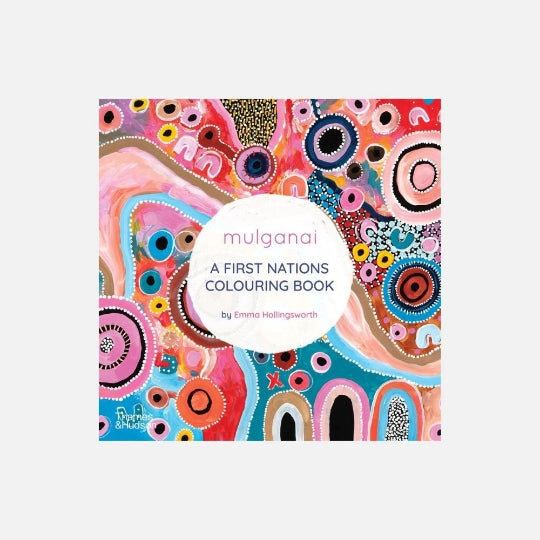
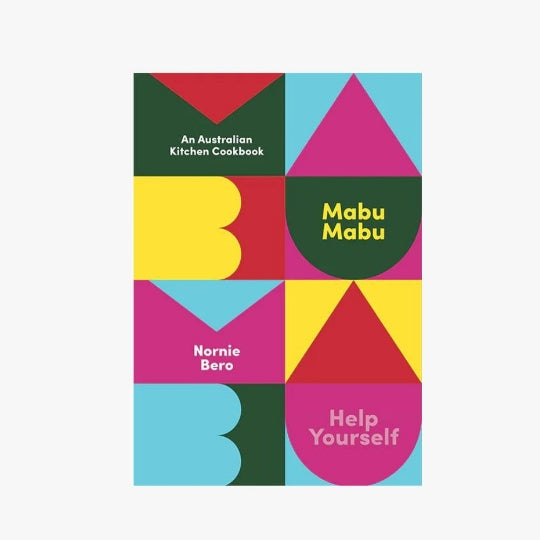
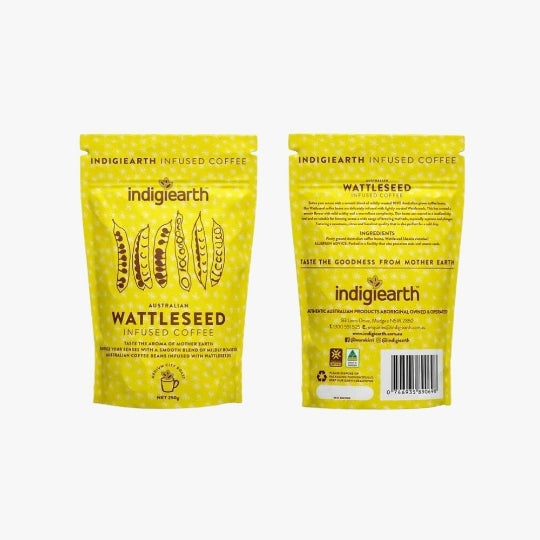
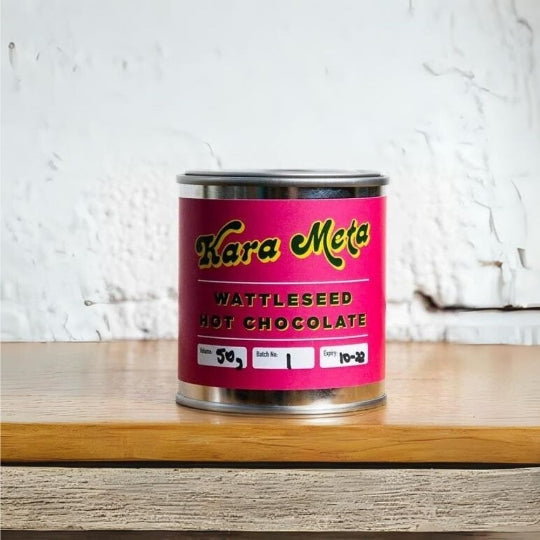
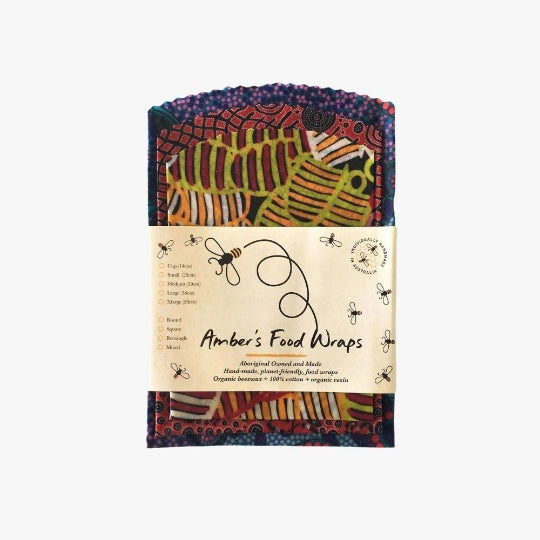

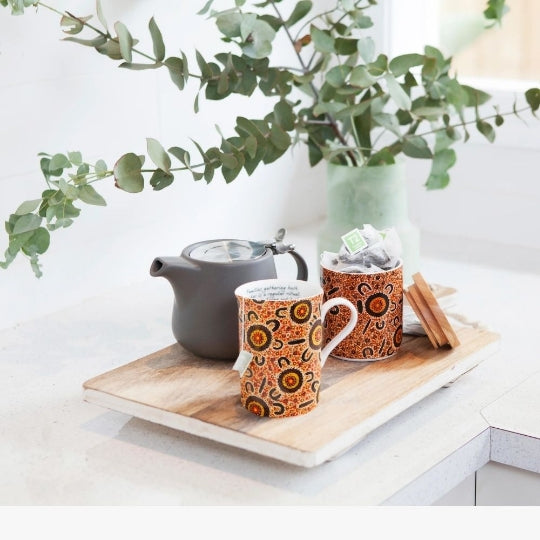
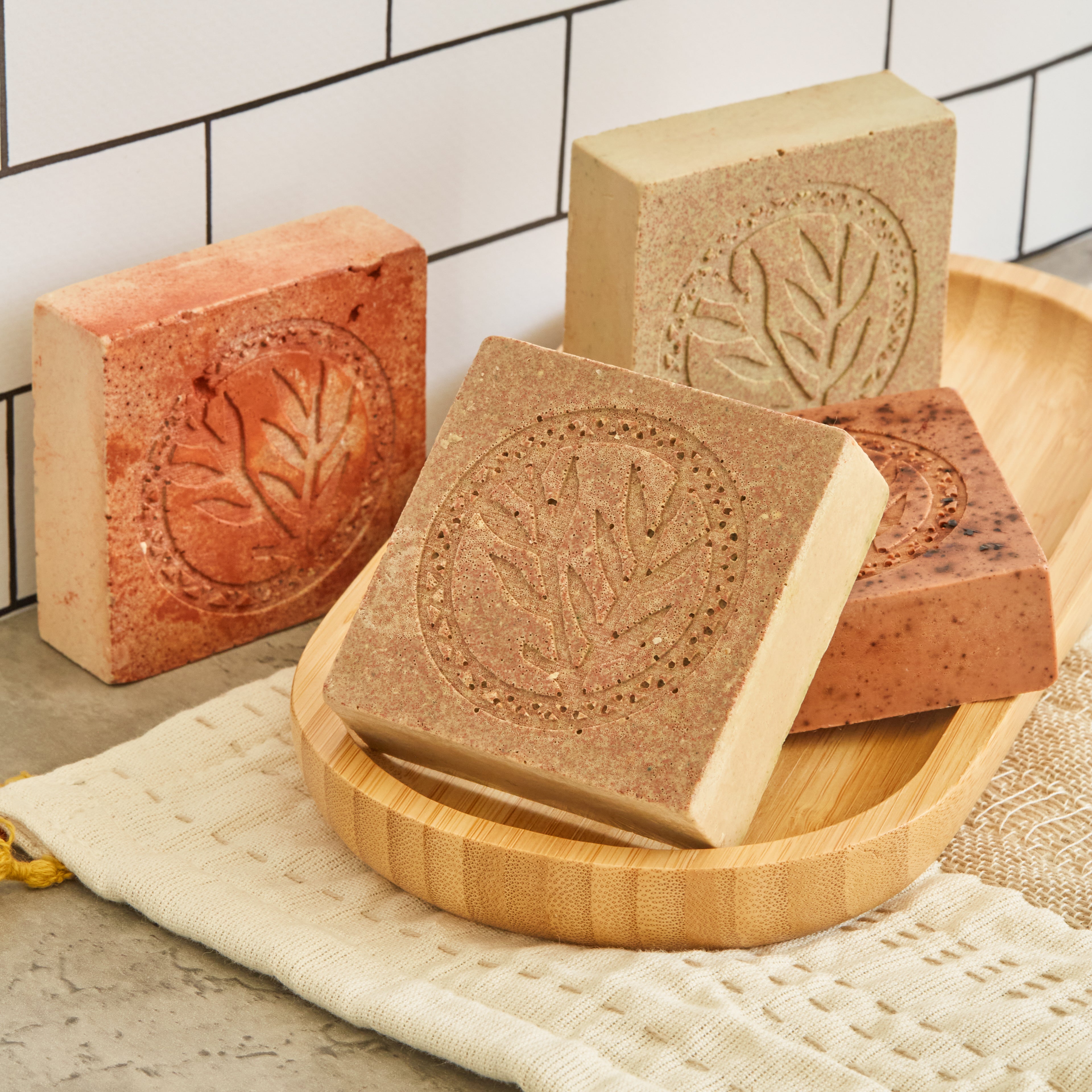
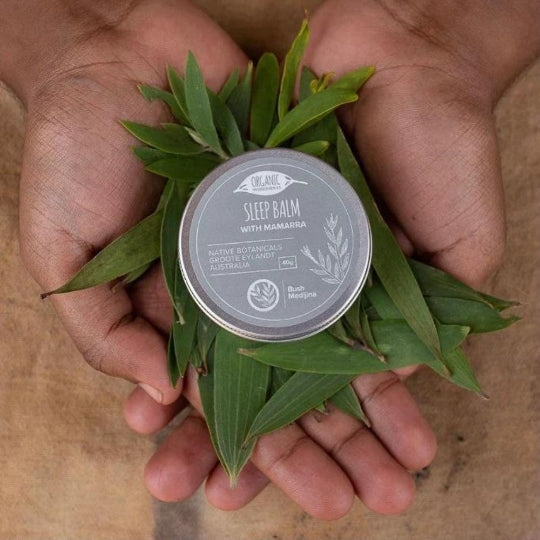
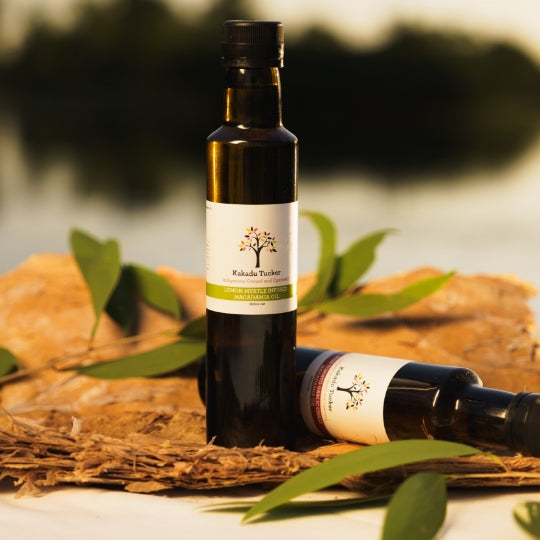

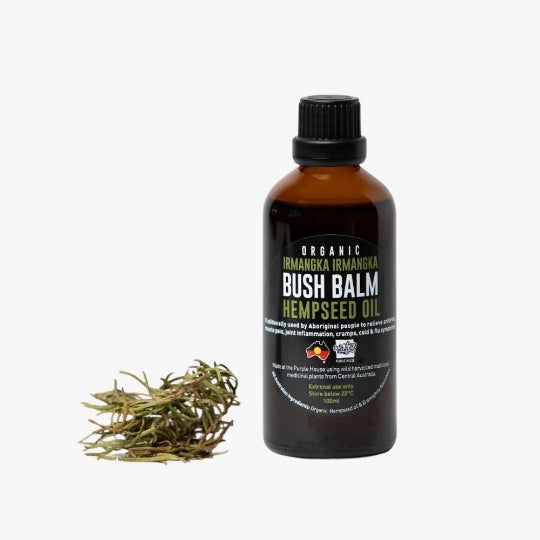
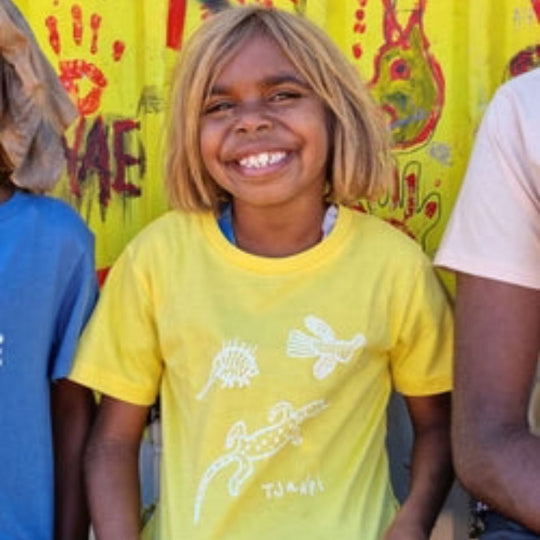
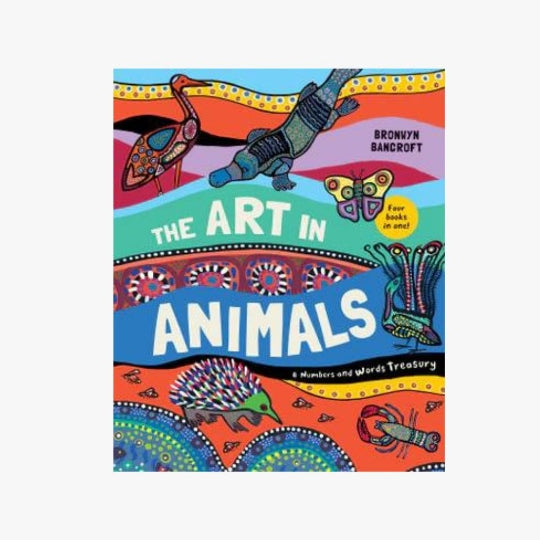
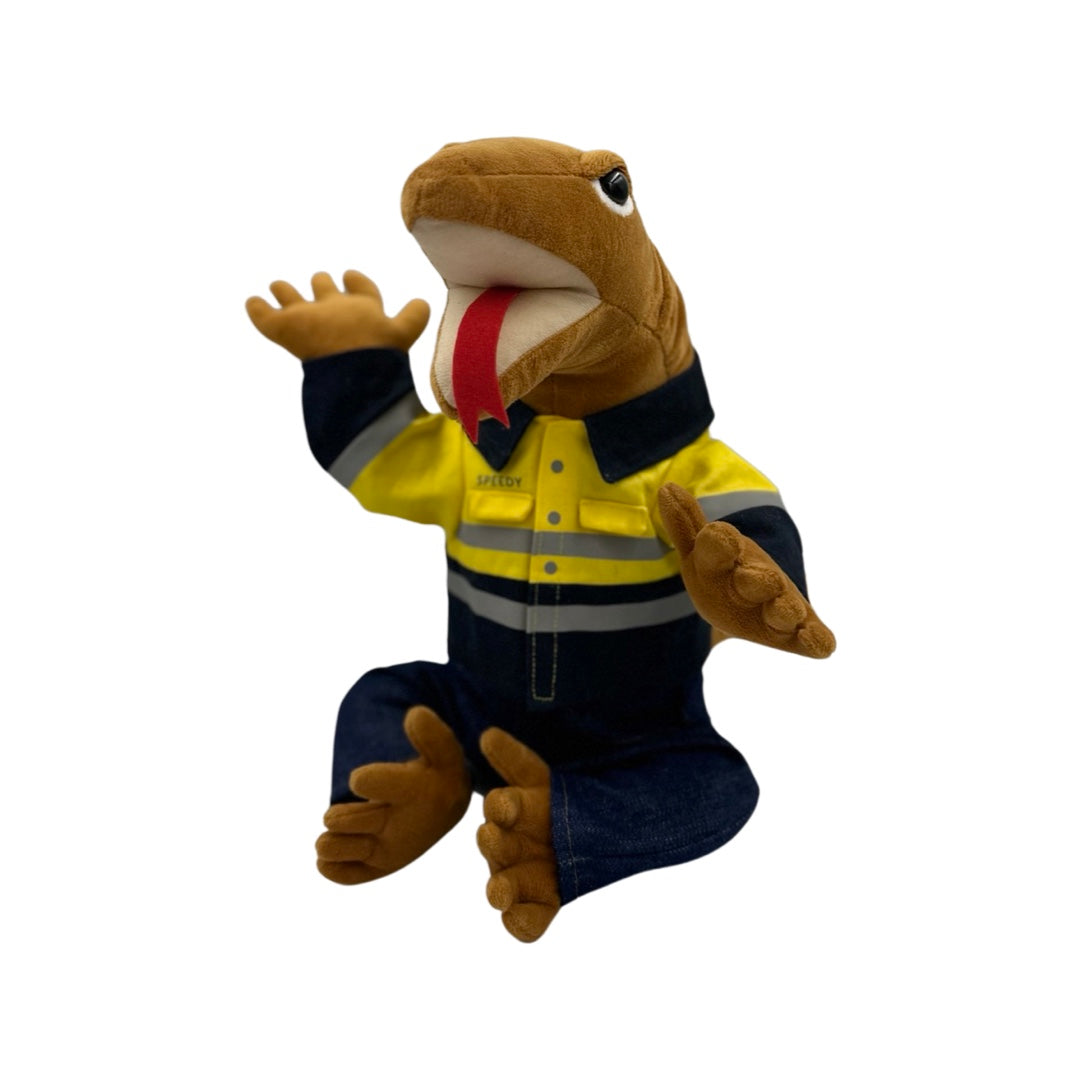
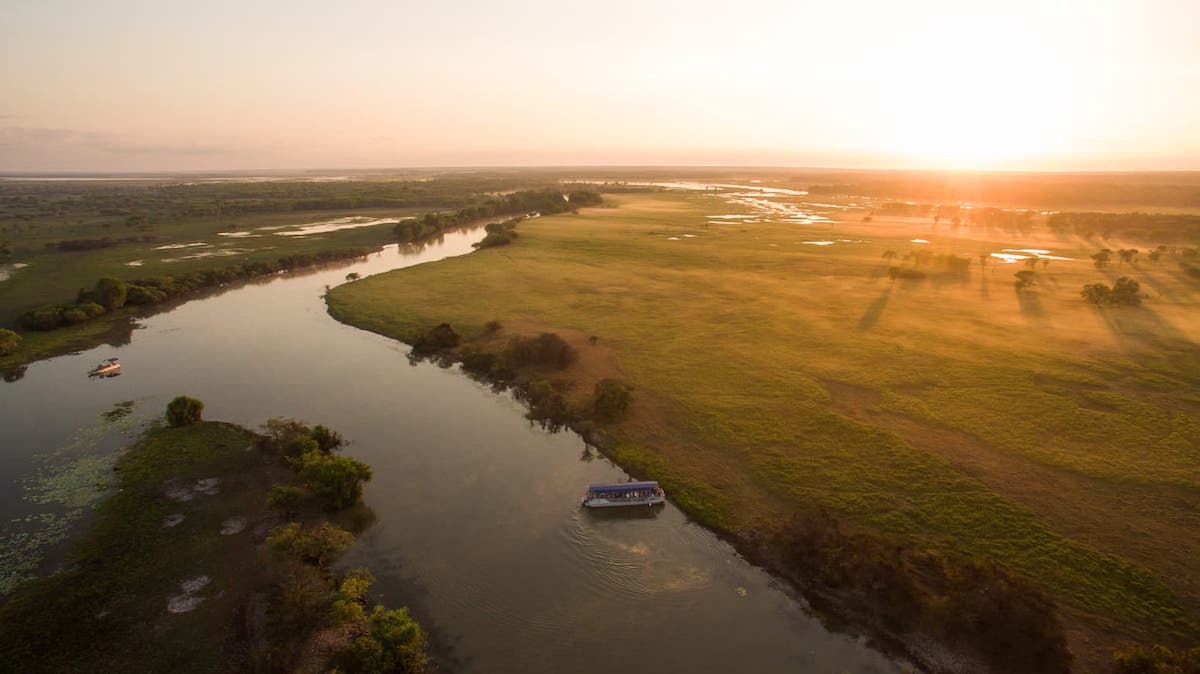

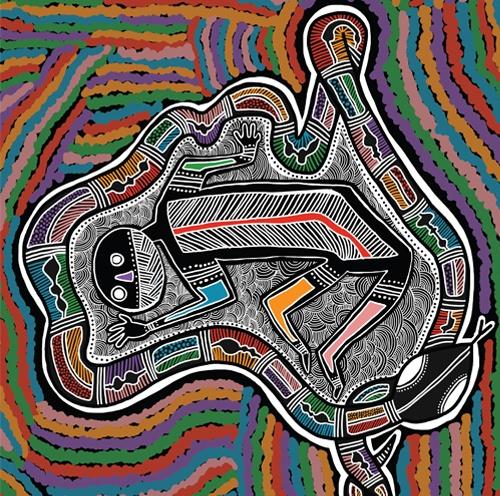

Leave a comment
This site is protected by hCaptcha and the hCaptcha Privacy Policy and Terms of Service apply.